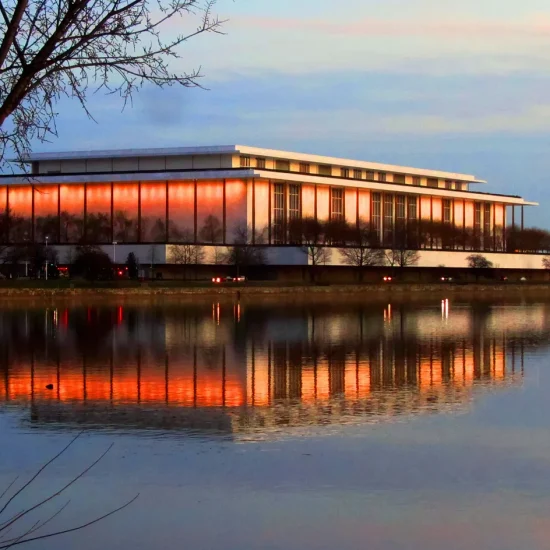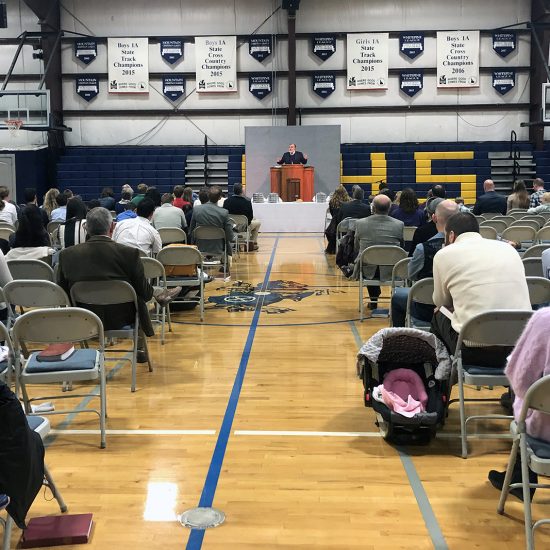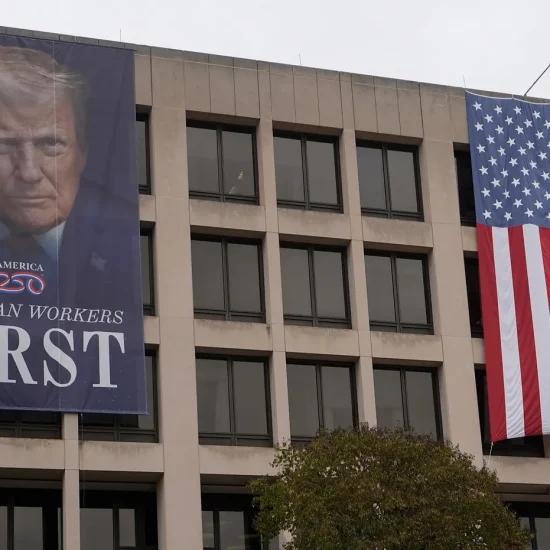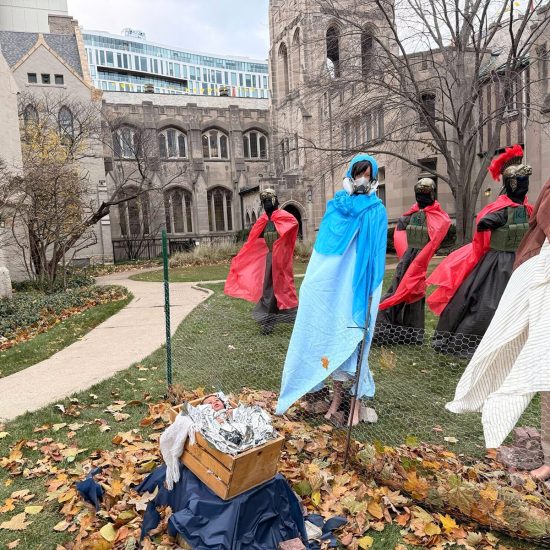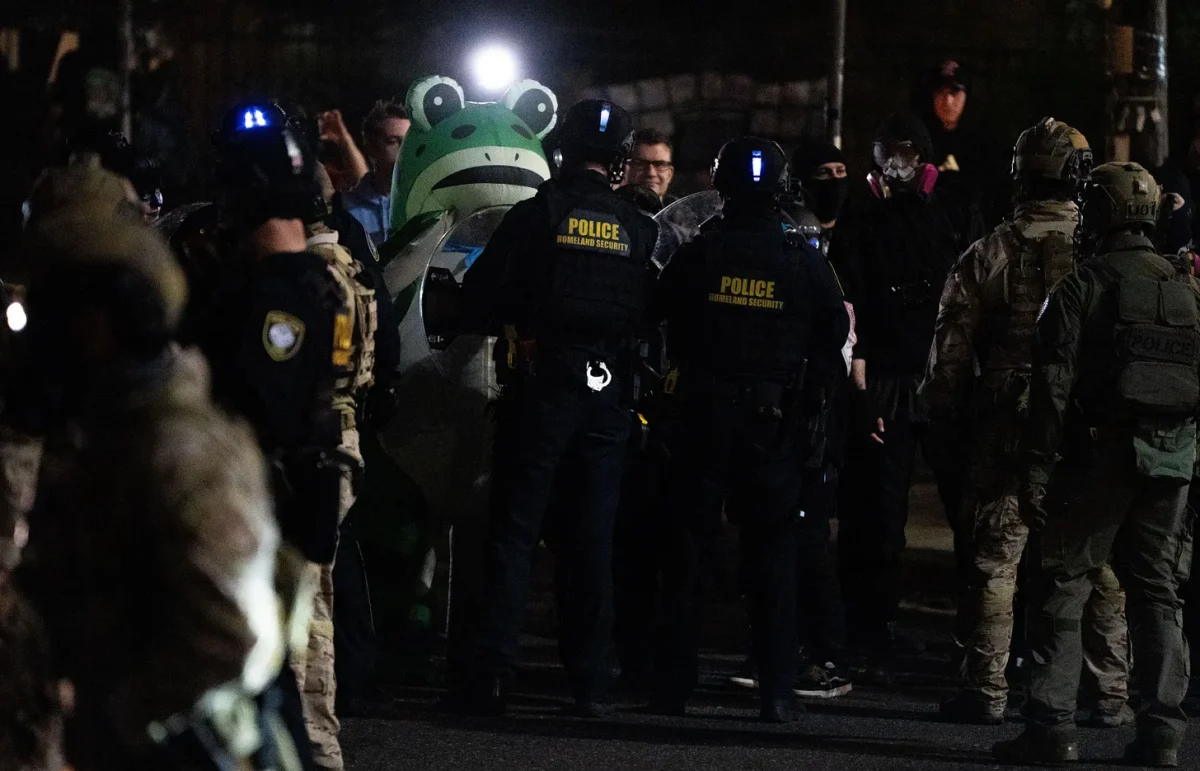
“No Kings means no paychecks, no paychecks and no government.”
Although that remark sounds like what a supporter of King George III might have said to the American colonies 250 years ago, it was actually uttered Monday (Oct. 13) by Trump’s Treasury Secretary Scott Bessent. He was criticizing the “No Kings” rallies planned at more than 2,500 locations nationwide this Saturday, but his phrasing made it sound like he was offering a condemnation of a government without kings.
This is actually the second round of No Kings rallies. The first was held on June 14 to coincide with President Donald Trump’s birthday and the big military parade he threw for himself in the nation’s capital. The effort was officially endorsed by dozens of groups, including religious organizations like the American Friends Service Committee, Faithful America, Interfaith Alliance, NETWORK Lobby for Catholic Social Justice, and Sojourners.
Several of the No Kings rallies in June attracted six-figure crowds and thus each likely surpassed the attendance at the military parade. Throw in about 2,000 other rallies of various sizes, and estimates are that around 5 million people attended a No Kings rally in June. Held in every state, the rallies attracted crowds in blue and red communities. In a Michigan town with a population of around 900, about 400 people showed up for a No Kings rally. I joined about 7,000 people at the No Kings rally at the Iowa Capitol in Des Moines. Altogether, the No Kings rallies were the most significant protest event in modern U.S. politics, dwarfing the “Tea Party” rallies during the Obama presidency as well as protest marches during the first Trump term.

Signs at the No Kings rally outside the Iowa Capitol in Des Moines. (Brian Kaylor/Word&Way)
Perhaps because of that success, some supporters of Trump are now trying to discredit the second round of No Kings rallies as nefarious. Speaker of the House Mike Johnson called it a “hate-America rally” for “the pro-Hamas wing and antifa people” and “an outrageous gathering for outrageous purposes.” Republican Sen. Roger Marshall of Kansas alleged it “will be a Soros-paid-for protest for his professional protesters.” Considering I didn’t get paid for the June rally, I’m wondering where I’m supposed to submit my invoice. (More seriously, it should be noted that in addition to no evidence of George Soros paying protesters, the effort to depict him as a secret, wealthy puppet master builds on antisemitic tropes.)
Michael Steele, former chairman of the Republican National Committee, criticized Republican leaders for such “unhinged comments” against a movement with “a simple message: America is a democracy, not a dictatorship.” And one of the main organizers behind rallies also pushed back, insisting that previous events were full of “moms and grandmas and kids and dogs and funny chants, and it was a feeling of joyous power out in the streets.”
The idea of fun and joy in protests doesn’t always match our mental image, but it does capture the tenor of much of what’s been occurring lately. And in that, there’s an important lesson about how to prophetically resist imperial power. So this issue of A Public Witness hits the streets to consider some recent creative protests.
The Revolution Will Be Funny
With National Guard troops and militarized masked men claiming to be ICE agents marching in the streets of various U.S. cities, people have been protesting. Clergy have been on the front line, including a Presbyterian pastor in Chicago who was shot in the head with a pepper ball while praying during a peaceful protest outside an ICE facility. Others have also gathered at such protests with signs challenging the attacks on immigrants and the displays of authoritarian power. But it’s the dancing animals that really captured the moment.

The rest of this piece is only available to paid subscribers of the Word&Way newsletter A Public Witness. Subscribe today to read this essay and all previous issues and receive future ones in your inbox.

